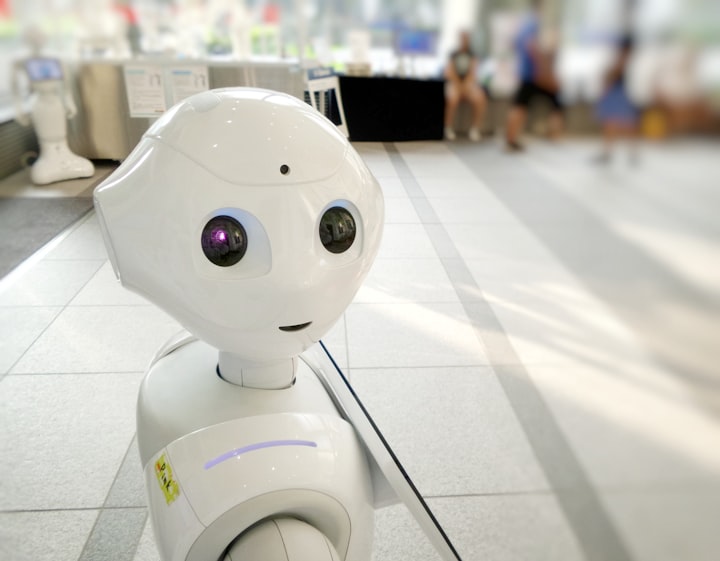What is the "quick start" approach to learning Machine Learning?
Take up one topic from your notes and go research it by googling it, finding Wikipedia articles, blogs, more examples of its usage, read related discussions on StackOverflow and gain as much understanding of the concept as you can.

Machine Learning is a fascinating area of work that can keep you engaged for hours, not to mention keeping you employed over decades if you take the time to build skills in this area.
The "quick start", is really just that, a quick way to get started. Almost like dipping your toes in the ocean and getting more familiar with the temperature, the texture of the sand and gaining confidence to take the next step.
Now lets get started.
Machine Learning is a set of tools and methods that is frequently used to solve problems that shows up in business, operations, marketing, sales, fraud prevention and a variety of other use-cases.
We will take up outlier detection as a quick way to get started. An outlier is a data point that is unlike the rest of the data points. It is the odd one out. These are data points that are so far away from the rest of the points, that finding them is important to detect any issues in the underlying process that generates the data (e.g., number of clicks to your advertisement, number of failures experienced by a machine on the shop floor).
And one of the best ways to learn ML skills is to start learning scikit-learn
Combining the two above, you get https://scikit-learn.org/stable/auto_examples/applications/plot_outlier_detection_wine.html#sphx-glr-auto-examples-applications-plot-outlier-detection-wine-py
The above is great way to start.
Notice that you will find many terms and techniques in the above article that you will not be aware of. This is expected. The way to tackle this is the following;
- Take notes of the techniques that are new
- Take notes of the Python/scikit-learn commands that are new
- Open a Kaggle Kernel or Google Colab notebook (if you don't know what these are just google them and you'll find enough information to get started in a few minutes)
- Follow along and write down the commands from the article into Colab/Kaggle notebook. The important thing is to NOT copy and paste.
- As you write down into your notebook the various code and commands from the article, notice (and take notes) of what you already know, and what is new to you.
- Once you have finished with Example 1 and Example 2, take a few moments to celebrate your "quick start".
- You have started your the Machine Learning journey. Congratulations.
Preserve your notes. I like to take notes in a notebook with a pencil (so I can erase and also make drawings easily).
Take up one topic from your notes and go research it by googling it, finding Wikipedia articles, blogs, more examples of its usage, read related discussions on StackOverflow and gain as much understanding of the concept as you can.
Create a few pages of notes for this specific topic in your notebook. Summarize it and post it on LinkedIn. Make a tweet thread. Post it on Koo. Sharing it will compel you to clarify your thinking which is a great way to establish your understanding firmly.
Welcome to Machine Learning.



